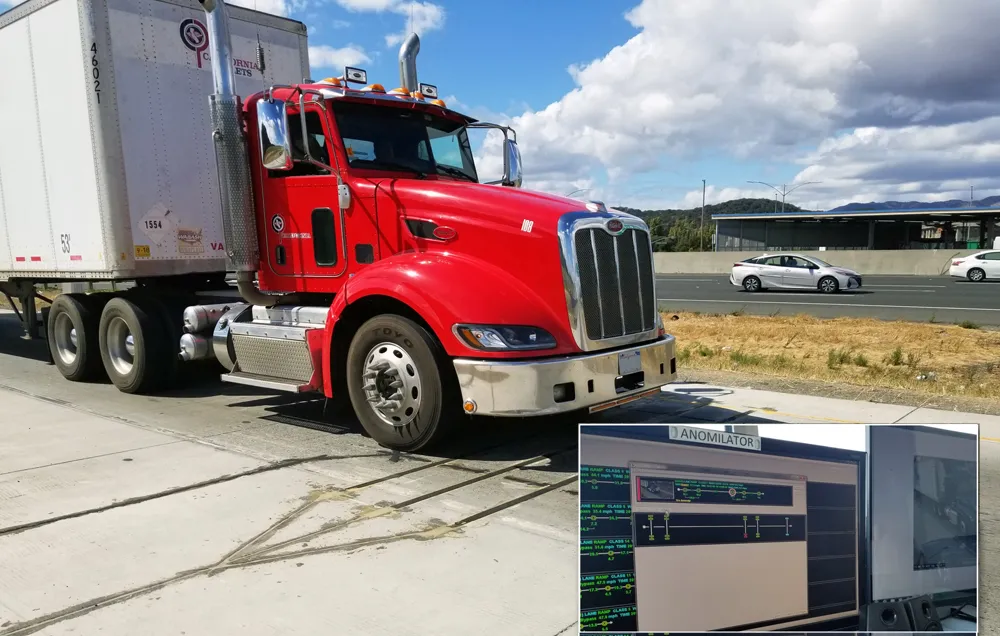
US-headquartered
The WIM sensors collect wheel, axle, and gross vehicle weights (GVW) for multiple ITS applications. Intercomp says this is accomplished while delivering the accuracy, durability and performance required for applications such as data collection, screening for enforcement, and tolling or gate operations.
“The ITS industry has various accuracy requirements across different WIM applications,” says Clint Bower, director of Intercomp Europe. “With Intercomp’s strip sensors achieving the required performance at a lower expense, this delivers excellent value to the ITS community.”
The WIM Strip sensors are installed into 75mm channels cut into the roadway, enabling short installation time and low maintenance needs. With the inherent accuracy of strain gauge technology, the sensors are capable of meeting COST 323 or ASTM 1318 performance requirements.










